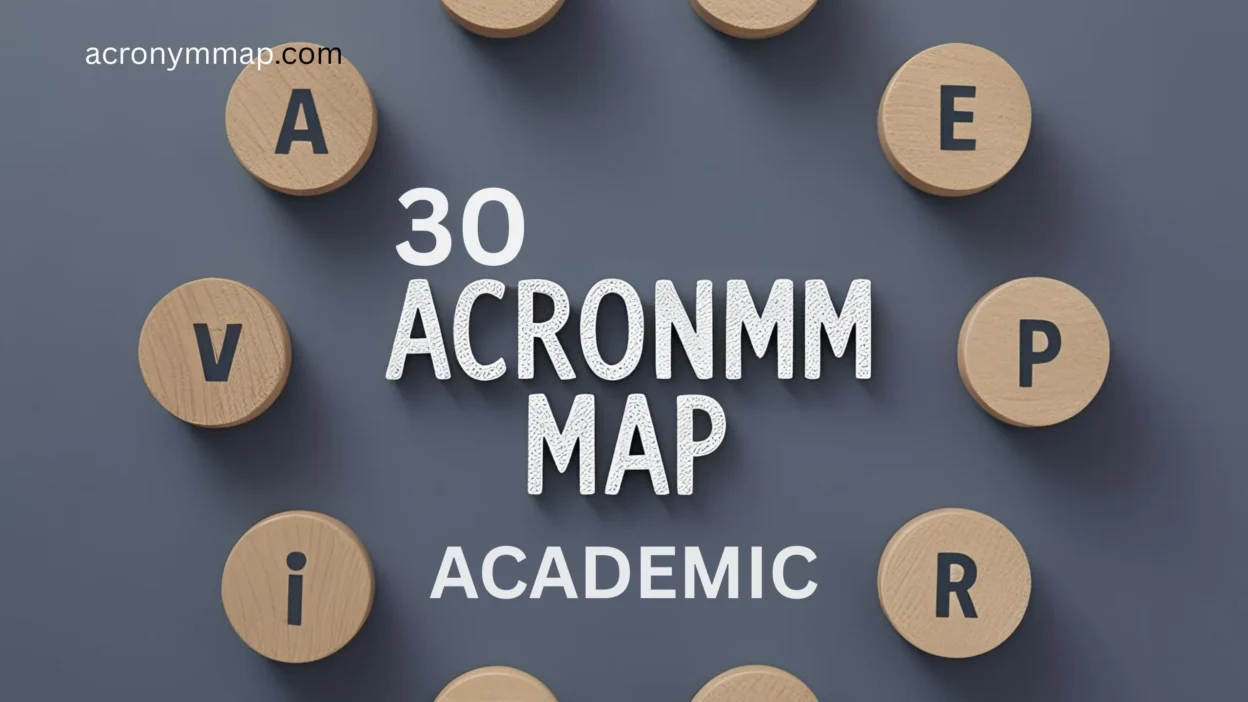Keyword Focus: “Academic Acronym NYT”
When we talk about the phrase “Academic Acronym NYT,” it may sound like something lifted from the New York Times or a scholarly headline. But beneath the surface, this phrase captures something deeper: a symbol of knowledge, learning, scholarly tone, and intellectual authority.
“Academic Acronym” in this context stands for traits such as Analytical, Curious, Meticulous, and Thought-Driven—qualities often found in educators, students, researchers, and lifelong learners. It also hints at a tone of formality, clarity, and sophistication—often seen in academia and high-brow journalism like NYT.
Whether you’re writing academic essays, journalism, or fiction about a professor character, this list of 30 high-level intellectual acronyms or substitutes will help elevate your vocabulary while staying precise and readable.
🧠 30 Alternatives to “Academic Acronym NYT” and When to Use Them
1. STEM
Meaning: Science, Technology, Engineering, Mathematics.
Example: She’s pursuing a career in STEM fields.
When to use: Any discussion of technical or science-based learning.
2. Ivy
Meaning: Refers to Ivy League schools or elite academia.
Example: He had an Ivy-level GPA and ambition to match.
When to use: Status-related academic writing or tone.
3. GPA
Meaning: Grade Point Average – a key academic performance metric.
Example: Her GPA qualified her for honors.
When to use: Measuring academic achievement.
4. PhD
Meaning: Doctor of Philosophy – a high academic credential.
Example: He earned his PhD in Anthropology from Yale.
When to use: Credentials, authority, or expert discussions.
5. SAT
Meaning: Standardized college admissions test.
Example: His SAT scores were in the 99th percentile.
When to use: High school, college prep, academic competitiveness.
6. IQ
Meaning: Intelligence Quotient – cognitive ability measure.
Example: Her IQ placed her in the gifted program.
When to use: Intelligence-related or cognitive ability contexts.
7. APA
Meaning: American Psychological Association – citation style.
Example: Use APA formatting for psychology papers.
When to use: Academic writing, style guides.
8. DEI
Meaning: Diversity, Equity, Inclusion.
Example: The university launched new DEI initiatives.
When to use: Social issues within academic institutions.
9. MOOC
Meaning: Massive Open Online Course.
Example: He learned machine learning through a MOOC.
When to use: Online education, distance learning.
10. TA
Meaning: Teaching Assistant.
Example: The TA graded our essays.
When to use: Classroom or university settings.
11. R1
Meaning: Research level 1 – a top-tier research university.
Example: She teaches at an R1 institution.
When to use: Institutional ranking or academic prestige.
12. IQR
Meaning: Interquartile Range – statistical concept.
Example: The data’s IQR indicated high variability.
When to use: Analytical or math-heavy academic writing.
13. MS
Meaning: Master of Science.
Example: He has an MS in Environmental Science.
When to use: Academic titles and professional bios.
14. LMS
Meaning: Learning Management System.
Example: We uploaded our assignments to the LMS.
When to use: E-learning or tech-enhanced education.
15. ETS
Meaning: Educational Testing Service – develops standardized tests.
Example: ETS administers the GRE and TOEFL exams.
When to use: Testing, exams, and global academic standards.
16. GRE
Meaning: Graduate Record Examination.
Example: A high GRE score boosts grad school chances.
When to use: Graduate admissions conversations.
17. TOEFL
Meaning: Test of English as a Foreign Language.
Example: International students often take the TOEFL.
When to use: Language testing, ESL, international education.
18. NYT EdLab
Meaning: New York Times Education Lab – editorial on education topics.
Example: NYT EdLab covers innovation in schooling.
When to use: Journalistic writing on academic reform or insight.
19. IEP
Meaning: Individualized Education Plan.
Example: Her IEP was tailored for dyslexia support.
When to use: Special education and student support contexts.
20. IEP
Meaning: Institutional Effectiveness Plan.
Example: The college’s IEP outlines long-term academic goals.
When to use: Accreditation or internal policy discussions.
21. PDF
Meaning: Portable Document Format.
Example: Download the syllabus as a PDF.
When to use: Digital academic documents and handouts.
22. TBD
Meaning: To Be Determined.
Example: The exam location is still TBD.
When to use: Scheduling, draft outlines, or early planning.
23. RA
Meaning: Research Assistant.
Example: She worked as an RA in the neuroscience lab.
When to use: Academic research or employment discussions.
24. IRB
Meaning: Institutional Review Board – ethics for human research.
Example: All studies must be IRB approved.
When to use: Medical, psychological, or ethics-heavy writing.
25. B.A. / B.S.
Meaning: Bachelor of Arts / Bachelor of Science.
Example: He earned a B.S. in Physics.
When to use: Degree listings and career paths.
26. SOP
Meaning: Statement of Purpose.
Example: Her SOP highlighted her passion for data science.
When to use: College or graduate admissions.
27. EFL / ESL
Meaning: English as a Foreign/Second Language.
Example: ESL learners benefit from visual aids.
When to use: Language education contexts.
28. DPI
Meaning: Dots Per Inch – related to printing quality in publishing.
Example: Submit the cover design at 300 DPI.
When to use: Academic publishing, visual projects.
29. MLA
Meaning: Modern Language Association – citation style.
Example: Use MLA formatting for your literature paper.
When to use: Humanities and English department writing.
30. DBQ
Meaning: Document-Based Question (used in AP exams).
Example: The DBQ asked students to analyze historical letters.
When to use: Advanced Placement or test prep contexts.
🎓 Choosing the Right “Academic Acronym”
When selecting which acronym to use, context is key:
- For formal academic writing: APA, MLA, IRB, GRE, GPA.
- For informal or classroom settings: TA, LMS, RA, SOP.
- For elite or status-based tone: Ivy, R1, PhD.
- For journalism or education policy: NYT EdLab, DEI, IEP.
- For international contexts: TOEFL, ESL, MOOC.
📘 Conclusion
Acronyms are the shorthand of academia—a code that instantly communicates context, professionalism, and clarity. Whether you’re reading a New York Times op-ed, drafting a research proposal, or writing a college application, the right academic acronym not only sharpens your message but elevates your tone.
Use this guide as your academic “GPS” to navigate scholarly language with confidence. The better your vocabulary, the more precise your communication—especially when you’re writing with impact.

